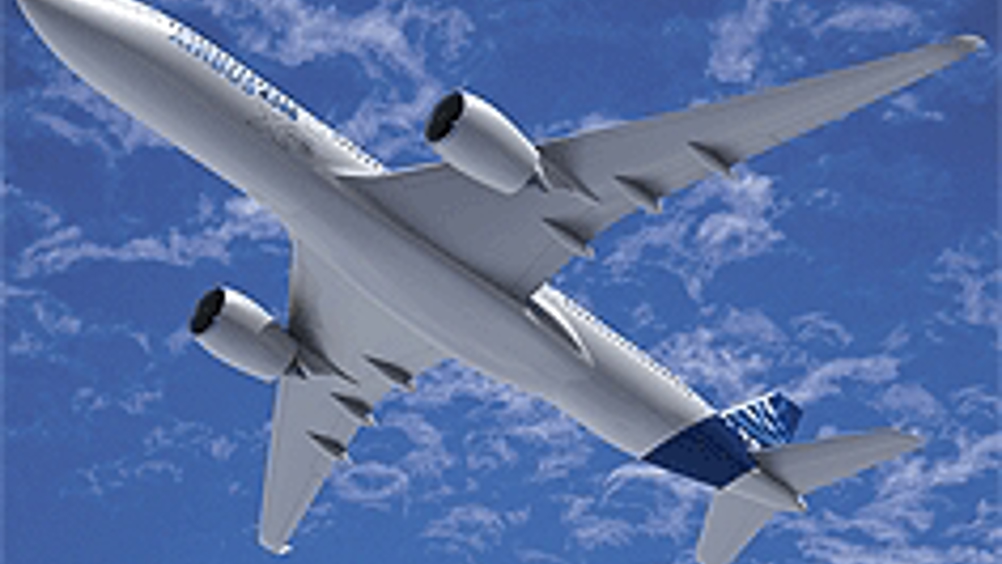United orders wide-body aircraft
United Airlines has ordered 50 wide-body aircraft designed to reduce fuel burn and environmental impact, and increase passenger comfort.

The airline ordered 25 Airbus A350 XWB aircraft and 25 Boeing 787 Dreamliner aircraft and has future purchase rights for 50 of each aircraft.
The order follows a six-month request for proposal process. United stated that the agreement with the manufacturers met its financial and operational objectives.
‘This aircraft order is another significant step on the path to position United for long-term success in a highly competitive global market,’ said Glenn Tilton, United Airlines corporation chairman, president and chief executive. ‘We are investing in our future and we are well positioned to take full advantage as the economy recovers in the shorter term.’
United expects to take delivery of the aircraft between 2016 and 2019. At the same time it will retire its international Boeing 747s and 767s.
The 50 aircraft will reduce the average seat count by about 19 per cent compared to the aircraft they will replace and by about 10 per cent when averaged over the entire international fleet.
Register now to continue reading
Thanks for visiting The Engineer. You’ve now reached your monthly limit of news stories. Register for free to unlock unlimited access to all of our news coverage, as well as premium content including opinion, in-depth features and special reports.
Benefits of registering
-
In-depth insights and coverage of key emerging trends
-
Unrestricted access to special reports throughout the year
-
Daily technology news delivered straight to your inbox










Water Sector Talent Exodus Could Cripple The Sector
Maybe if things are essential for the running of a country and we want to pay a fair price we should be running these utilities on a not for profit...